Roofs with a low slope and a pitch are perfect for ceramic roof tiles, often known as clay roof coating. These roof tile variants are widely used as a decorative element on a number of construction projects, including façades.
ceramic tiles
As they are available in a broad variety of forms and patterns, ceramic tiles may compliment any architectural style. Clay or ceramic roof tiles are available in a range of aesthetic colors, from light to dark to variegated tones, making it easy to match the roof color to the outside hues. A common advantage of clay roof tiles is that they raise the value of a structure as well as being water-resistant. This roofing design sells buildings more rapidly and profitably than other styles.  Ceramic roof tiles are more durable than any other roofing material and have the lowest life cycle cost. Due to its great fire resistance, clay roof shingles are an especially popular alternative. Due to its water-repellent exterior, which provides an extra layer of resistance, ceramic tiles are not seriously endangered by severe weather. As a roofing material, ceramic tile is also highly recommended given its environmental qualities. Clay tiles are produced without the use of any chemical preservatives, making them extremely environmentally friendly. Clay roof tiles offer a 70% reduction in reflectivity and heat transfer when compared to other roofing materials. Ceramic roof systems’ natural air ventilation produces a heat transfer barrier that promotes the free circulation of natural air within a structure. High energy efficiency also yields significant savings on heating expenditures. Additionally, ceramic roof tiles are simple to install, simple to maintain, quick to drain water, and have a distinct look and texture. Tiled roofs are both elegant and durable. They are heavy and expensive, but these characteristics may be expected of a roofing material with a 100-year lifetime. Roofing tiles of today are typically made from colored, molded concrete, as compared to the bulk of roofing tiles of the past, which were generally made from slate, burned clay, or terracotta. Roofing tiles can be curved, flat, fluted, interlocking, and designed in a variety of other shapes and designs. For roofs exposed to salt air or extreme heat, tiles are an excellent solution. This explains why tile roofs are so common in the Southwest, along the coast of Florida, and in California. Since many varieties are effective at shedding precipitation from cloudbursts, they may also be suitable for regions where infrequent showers dump large quantities of water rapidly. Consider the fact that tile roofing systems are quite heavy and prone to breaking in certain scenarios if you are considering installing tile roofing on your home. To support the weight, the roof framework’s structural integrity must be exceedingly robust. Concrete tiles may not last as long as clay tiles, but they are less expensive and don’t contribute as much weight to the framework of the home. Under optimal conditions, a tile roof can last for more than a century. Clay and concrete tile roofs have been documented to withstand hail, high winds, and even fire. A tiled roof will never decay like wood does. Even though these roofs have a high level of endurance, large impact may demand repairs or maintenance.
Ceramic roof tiles are more durable than any other roofing material and have the lowest life cycle cost. Due to its great fire resistance, clay roof shingles are an especially popular alternative. Due to its water-repellent exterior, which provides an extra layer of resistance, ceramic tiles are not seriously endangered by severe weather. As a roofing material, ceramic tile is also highly recommended given its environmental qualities. Clay tiles are produced without the use of any chemical preservatives, making them extremely environmentally friendly. Clay roof tiles offer a 70% reduction in reflectivity and heat transfer when compared to other roofing materials. Ceramic roof systems’ natural air ventilation produces a heat transfer barrier that promotes the free circulation of natural air within a structure. High energy efficiency also yields significant savings on heating expenditures. Additionally, ceramic roof tiles are simple to install, simple to maintain, quick to drain water, and have a distinct look and texture. Tiled roofs are both elegant and durable. They are heavy and expensive, but these characteristics may be expected of a roofing material with a 100-year lifetime. Roofing tiles of today are typically made from colored, molded concrete, as compared to the bulk of roofing tiles of the past, which were generally made from slate, burned clay, or terracotta. Roofing tiles can be curved, flat, fluted, interlocking, and designed in a variety of other shapes and designs. For roofs exposed to salt air or extreme heat, tiles are an excellent solution. This explains why tile roofs are so common in the Southwest, along the coast of Florida, and in California. Since many varieties are effective at shedding precipitation from cloudbursts, they may also be suitable for regions where infrequent showers dump large quantities of water rapidly. Consider the fact that tile roofing systems are quite heavy and prone to breaking in certain scenarios if you are considering installing tile roofing on your home. To support the weight, the roof framework’s structural integrity must be exceedingly robust. Concrete tiles may not last as long as clay tiles, but they are less expensive and don’t contribute as much weight to the framework of the home. Under optimal conditions, a tile roof can last for more than a century. Clay and concrete tile roofs have been documented to withstand hail, high winds, and even fire. A tiled roof will never decay like wood does. Even though these roofs have a high level of endurance, large impact may demand repairs or maintenance. 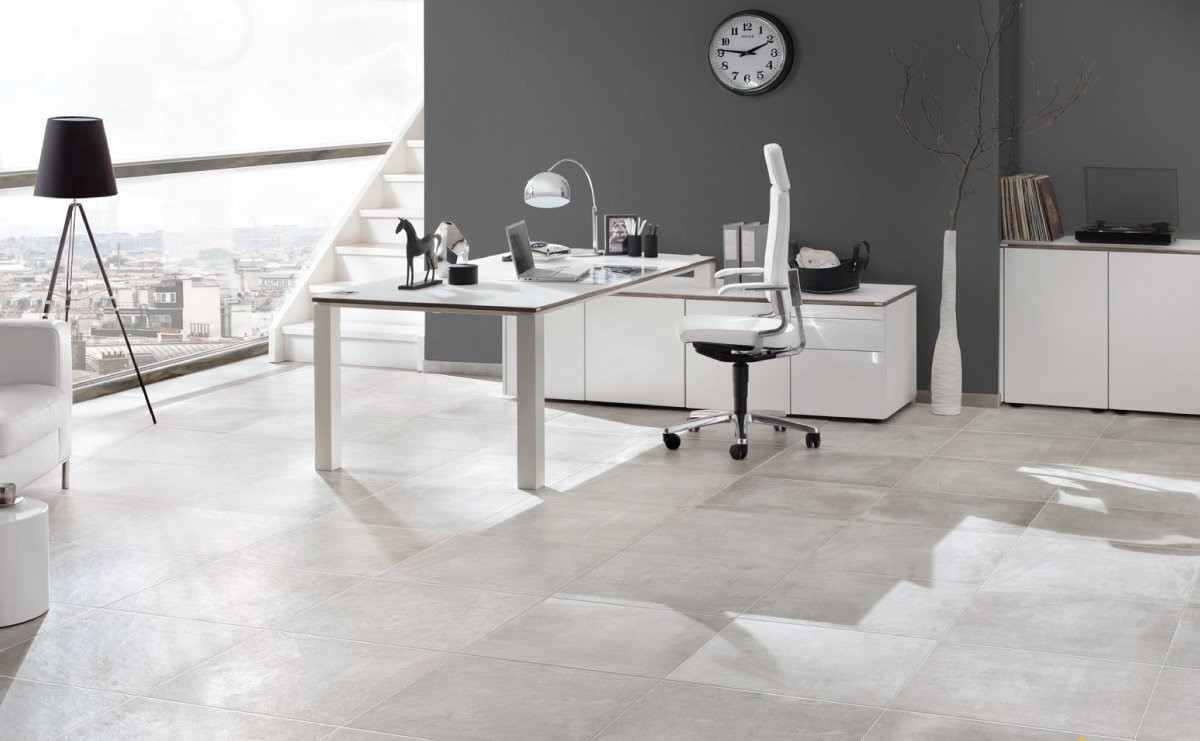
ceramic tiles design
After installing tile, you will never need to install another roofing material again. In any event, the majority of manufacturers provide a 50-year warranty. Since they are composed of earth minerals and not synthetic materials, roof tiles may be broken and recycled after they are removed. The considerable thermal mass of 3 Tiles helps to regulate internal temperature. Slate, clay, and concrete tiles are available in a vast array of colors and patterns to compliment classic to contemporary European homes. Certain styles even resemble traditional shingles or wood shakes. There are several varieties of clay and concrete tiles to accommodate any aesthetic goal. Standard Southwest roofing material is Spanish tiles that resemble rows of lapping waves with troughs between the rows to collect rainfall. They function well in regions where rainfall is infrequent but intense when it does occur. This pattern is available in clay, terra cotta, and concrete tiles. Similar to Scandinavian tiles are inverted Spanish tiles. They resemble steep, vertical mountains and deep, scalloped valleys. This design is characteristic of buildings inspired by northern Europe. Despite the fact that double Roman tiles resemble Spanish tiles, the rows are distinguished by their ribs. Although smaller, water troughs are more widespread. The usage of these tiles is common in Mediterranean architecture. They are typically made of concrete, although clay and terra cotta are occasionally used. Frequently, concrete flat shake tiles imitate the texture of wood shakes or granulated asphalt shingles. In addition, slate roofing consists of flat shakes. Although these roofs have very flat surfaces and can easily shed several small rains, they may not be the ideal choice in regions that get frequent torrential downpours. These tiles may be adapted to almost any architectural style with relative ease. Pantile roofs are made from clay tiles that are flattened into a “S” form and utilized to create a wavy appearance. Pantiles are significantly lighter than most other tiles. Similar to Spanish and Roman tiles, barrel tiles are semi-cylindrical, but the cylinders are tapered, making one end wider than the other. Because of their tapering form, they are an excellent solution for curved roofs. French roofs resemble an inverted form of Roman roofs, but their troughs for draining torrential downpours are far wider. Riviera tiles are only a flattened variant of double Roman tiles, where the humps have flat bottoms and flat ridges between them. The characteristically curved shapes of ceramic roof tiles lend a pitched roof an enduring and unmistakable look. 
ceramic tiles price
Due to baked clay’s intrinsic durability, the material’s lengthy history as a standard roofing tile, and clay tiles’ extremely long lifespan, ceramic roofs are commonplace all over the world. Circa 10,000 B.C., ceramic roof tiles developed in China and the Middle East, but they are most commonly linked with Spanish and Mediterranean architecture. Although some clay roof tiles are flat, the majority are curved and shaped like an inverted U or a S. When the tiles are put on a roof, their interlocking curves provide a rippled impression, yet their flat surfaces mimic a traditional shingled pattern. Recent examples include solar panels that help power the dwelling below and have the look of a mosaic. Ceramic roof tiles, which have their origins in clay, may take virtually any shape. However, because they are often more expensive than other roofing options, unique shapes and sizes are unusual; mass production typically yields the least expensive options. Ceramic roof tiles are fragile and prone to damage from significant impact or even the weight of a person walking on them, despite their ability to outlive the dwellings they protect. Therefore, repairing fractured ceramic roof shingles may be difficult. How a broken tile is repaired depends on its shape, how it was mounted to the roof structure below, and if it interlocks with other tiles. When picking a roofing material, it is important to consider the total weight of the completed roof. Ceramic roof tiles are among the heaviest roofing materials, yet they provide authentic-looking, long-lasting roofs. The weight of ceramic tiles may exceed 5 to 12 pounds per square foot (25 to 60 kilograms per square meter) (25 to 60 kilograms per square meter). Concrete roof tiles are an alternative to ceramic roof tiles, despite their obvious aesthetic similarity. Cement may be molded and painted to match the design of a house, much like clay.  The two fundamental advantages of cement are cost and variety. Very inexpensive concrete tiles can mimic the appearance of slate or wood shingles, stone, or even ceramic tiles. Nevertheless, ceramic tiles continue to dominate in terms of durability and colorfastness. They may endure up to 100 years, which is about twice as long as the 30 to 50 years of cement tiles. While the color of cement might fade with time and exposure, the pigment in fired ceramic tiles remains waterproof.
The two fundamental advantages of cement are cost and variety. Very inexpensive concrete tiles can mimic the appearance of slate or wood shingles, stone, or even ceramic tiles. Nevertheless, ceramic tiles continue to dominate in terms of durability and colorfastness. They may endure up to 100 years, which is about twice as long as the 30 to 50 years of cement tiles. While the color of cement might fade with time and exposure, the pigment in fired ceramic tiles remains waterproof.


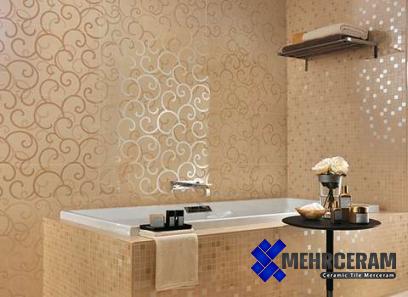
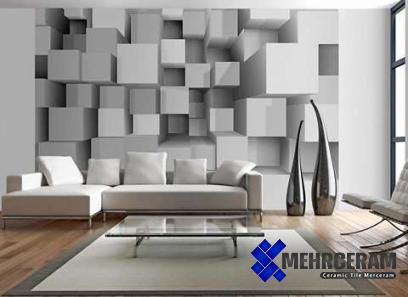
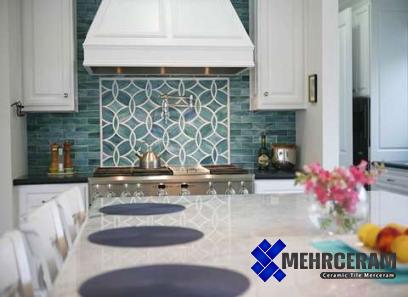
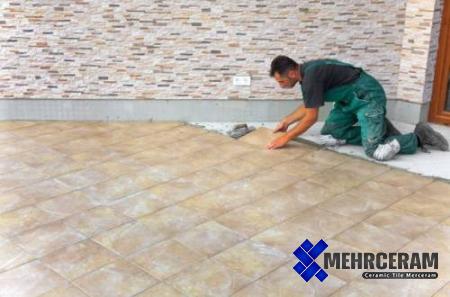

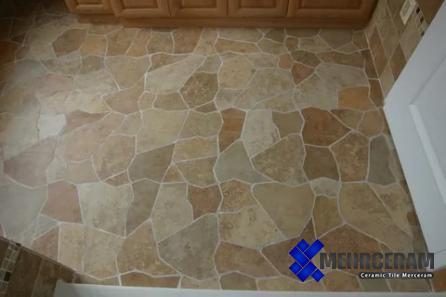

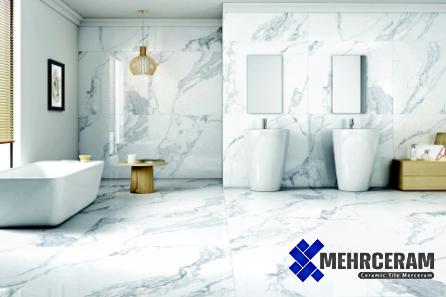
Your comment submitted.